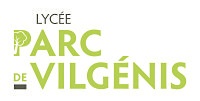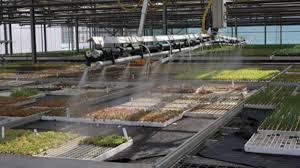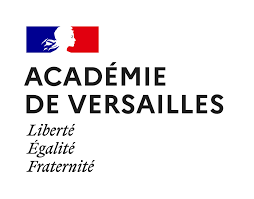PARIS HORTICULTURAL CENTER
By Joyce FERERES
Have you ever walked in Paris and admired the magnificent trees, shrubs, plants and flowers that appear everywhere and in large numbers in parks, gardens or squares?
Have you ever wondered how they got there? By chance?
It is very likely that most of us have assumed that they grew naturally in those areas, to the delight of the passerby or visitor.
Well, not at all. They don’t grow on their own and we have probably no conception of the huge amount of work done by the ultra-organized teams behind this beautiful greenery, to make it flourish around us, varying the species according to the seasons.
We were curious about the provenance of this lush vegetation in Paris. Our research led us to Rungis (94), the largest of the three sites of the horticultural production.
The enormously abundant vegetation of this vast place, intended for parks, gardens, squares, streets and other green spaces of the city of Paris, grows and flourishes, thanks to new technologies.
Respectful of the environment, the Center’s policy is to replace diesel-powered equipment with electrical machines. In order to reduce CO2 emissions, greenhouse heating is carefully regulated for optimal performance; its use is reduced during the night. So thanks to the mechanization and automation of equipment, production is carried out without waste.
As the environment has become a major concern, it remains a hotly debated topic around the world. According to the American historian, Caroline FORD[1], France is a pioneer in the international cooperation for the benefit of the environment.
It is therefore not surprising that our study programs offer our pupils and students themes of the environment and new technologies. In addition, our students of the CRSA2 form, from the industrial BTS section, have taken a particular interest in this horticultural center in Rungis, in order to study closely these new technologies and, in particular, the smart greenhouse.
They have created a presentation to inform you about what they have seen, remembered, understood, and appreciated in the Horticultural Center.
Cyril , Tristan etc. exposé serres
Groupe de William-Presentation_english_pepiniere
Before starting, we would like to thank Mr. MAGAUD, Principal of our high-school, who authorized us to make this visit and Ms. CAMPION, nurserywoman, who guided and instructed us throughout the visit.
Professor of History, holder of the Peter Reill Chair in European History at the University of California, Los Angeles. Tribune of the newspaper Le Monde of September 13, 2018.





